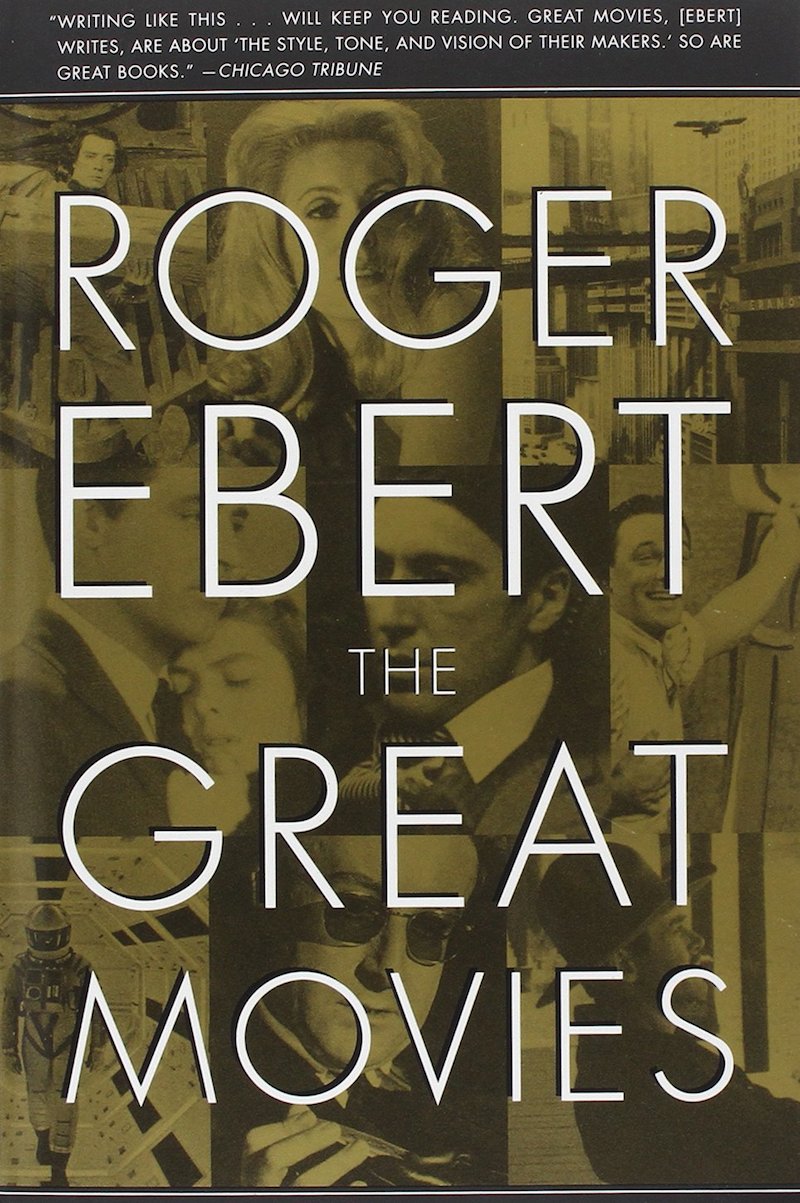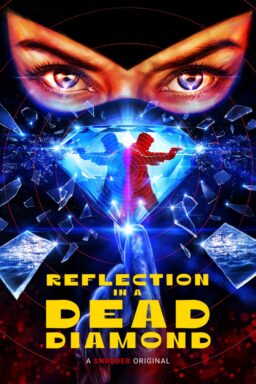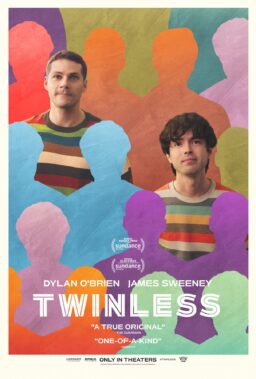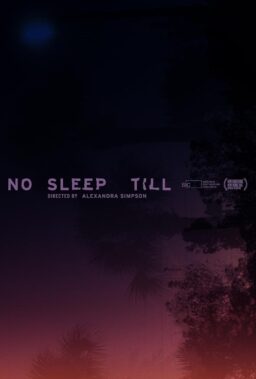Roger Ebert’s 2003 book, “The Great Movies,” was the first of three compilations of his biweekly Chicago Sun-Times column providing in-depth analyses of films he considered to be among the greatest ever made. The e-book version of this acclaimed work is on sale for $1.99 at various retailers including Amazon, Barnes & Noble, Apple, Books A Million, Google Play, Kobo and Penguin Random House through Sunday, May 24th. Below are selected excerpts from some of the book’s 100 essays.
On “Aguirre, the Wrath of God” (1972), directed by Werner Herzog
The music sets the tone. It is haunting, ecclesiastical, human and yet something else. It is by Florian Fricke, whose band Popol Vuh (named for the Mayan creation myth) has contributed the soundtracks to many Herzog films. For this opening sequence, Herzog told me, “We used a strange instrument, which we called a ‘choir-organ.’ It has inside it three dozen different tapes running parallel to each other in loops. … All these tapes are running at the same time, and there is a keyboard on which you can play them like an organ so that [it will] sound just like a human choir but yet, at the same time, very artificial and really quite eerie.”
I emphasize the music because the sound of a Herzog film is organically part of its effect. His stories begin in a straightforward manner, but their result is incalculable, and there is no telling where they may lead: They conclude not in an “ending” but in the creation of a mood within us—a spiritual or visionary feeling. I believe he wants his audiences to feel like detached observers, standing outside time, saddened by the immensity of the universe as it bears down on the dreams and delusions of man.

On “Dracula” (1931), directed by Tod Browning
Certainly it is Lugosi’s performance, and the cinematography of Karl Freund, that make Tod Browning’s film such an influential Hollywood picture. The greatest of all the vampire films is F.M. Murnau’s silent “Nosferatu” (1922, another title in this Great Movies series), but Murnau’s work was almost a dead end, complete and self-contained, a masterpiece that stood alone. (When Werner Herzog made his version of “Nosferatu” with Klaus Kinski in 1979, he was so in awe of the original that he shot on some of the same locations.) The look of Browning’s “Dracula” was inspired by Murnau’s gloomy gothic visuals, well known to the German cameraman Freund, who worked with Murnau on “The Last Laugh.” It was Freund who was instrumental in creating the startling impact of the arrival at Castle Dracula, the entrance to the castle’s forbidding interior spaces, and such “Nosferatu”-inspired shots as the hand snaking from a coffin and rats snuffling in a crypt.
What was new about the film was sound. It was the first talking picture based on Bram Stoker’s novel, and somehow Count Dracula was more fearsome when you could hear him—not an inhuman monster, but a human one, whose painfully articulated sentences mocked the conventions of drawing room society. And here Lugosi’s accent and his stiffness in English were advantages.
On “Hoop Dreams” (1994), directed by Steve James
No screenwriter would dare write this story; it is drama and melodrama, packaged with outrage and moments that make you want to cry. ”Hoop Dreams” has the form of a sports documentary, but along the way it becomes a revealing and heartbreaking story about life in America. When the filmmakers began, they planned to make a 30-minute film about eighth-graders being recruited from inner-city playgrounds to play for suburban schools. Their film eventually encompassed six years, involved 250 hours of footage, and found a reversal of fortunes they could not possibly have anticipated.
“The Great Movies” is currently on sale for $1.99 at various retailers including Amazon, Barnes & Noble, Apple, Books A Million, Google Play, Kobo and Penguin Random House through Sunday, May 24th.
On “McCabe & Mrs. Miller” (1971), directed by Robert Altman
It is not often given to a director to make a perfect film. Some spend their lives trying, but always fall short. Robert Altman has made a dozen films that can be called great in one way or another, but one of them is perfect, and that one is “McCabe & Mrs. Miller” (1971). This is one of the saddest films I have ever seen, filled with a yearning for love and home that will not ever come—not for McCabe, not with Mrs. Miller, not in the town of Presbyterian Church, which cowers under a gray sky always heavy with rain or snow. The film is a poem—an elegy for the dead.
Few films have such an overwhelming sense of location. Presbyterian Church is a town thrown together out of raw lumber, hewn from the forests that threaten to reclaim it. The earth is either mud or frozen ice. The days are short and there is little light inside, just enough from a gas lamp to make a gold tooth sparkle, or a teardrop glisten. This is not the kind of movie where the characters are introduced. They are all already here. They have been here for a long time. They know all about one another.

On “Star Wars” (1977), directed by George Lucas
Like “Birth of a Nation” and “Citizen Kane,” “Star Wars” was a technical watershed that influenced many of the movies that came after. These films have little in common, except for the way they came along at a crucial moment in cinema history, when new methods were ripe for synthesis. “Birth of a Nation” brought together the developing language of shots and editing. “Citizen Kane” married special effects, advanced sound, a new photographic style and a freedom from linear storytelling. “Star Wars” melded a new generation of special effects with the high-energy action picture; it linked space opera and soap opera, fairy tales and legend, and packaged them as a wild visual ride.
“Star Wars” effectively brought to an end the golden era of early-1970s personal filmmaking and focused the industry on big-budget special-effects blockbusters, blasting off a trend we are still living through. But you can’t blame it for what it did, you can only observe how well it did it. In one way or another all the big studios have been trying to make another “Star Wars” ever since (pictures like “Raiders of the Lost Ark,” “Jurassic Park” and “Independence Day” are its heirs). It located Hollywood’s center of gravity at the intellectual and emotional level of a bright teenager.
On The “Up” Documentaries, directed by Michael Apted
Every seven years, the British director Michael Apted revisits a group of people whose lives he has been chronicling since they were children. As he chats with them about how things are going, his films penetrate to the central mystery of life, asking the same questions that Wim Wenders poses in “Wings of Desire“: Why am I me and why not you? Why am I here and why not there?
They also strike me as an inspired, even noble, use of the film medium. No other art form can capture so well the look in an eye, the feeling in an expression, the thoughts that go unspoken between the words. To look at these films, as I have every seven years, is to meditate on the astonishing fact that man is the only animal that knows it lives in time.
“The Great Movies” is currently on sale for $1.99 at various retailers including Amazon, Barnes & Noble, Apple, Books A Million, Google Play, Kobo and Penguin Random House through Sunday, May 24th.











